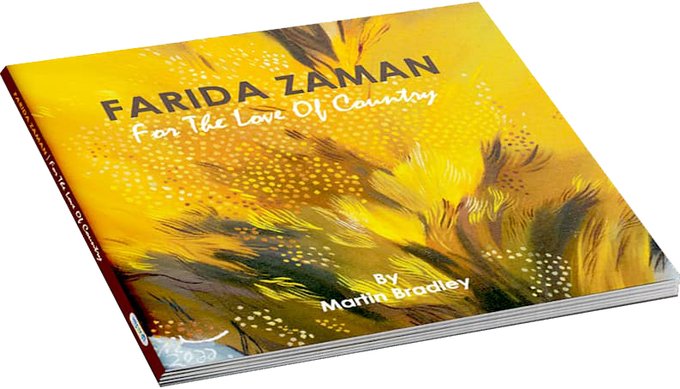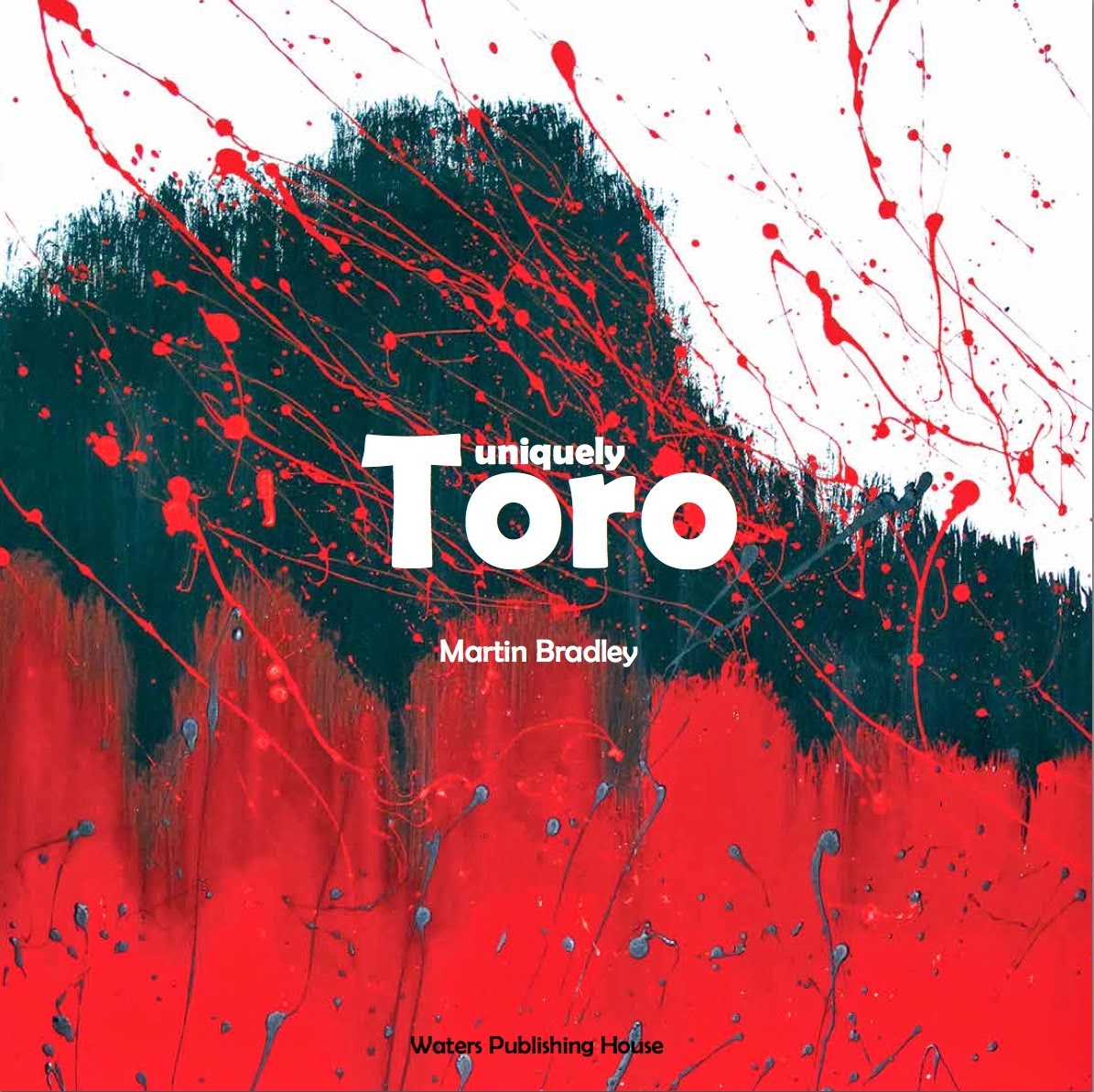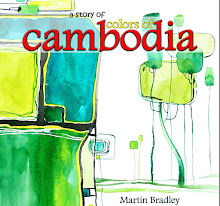“Taking your palette, its wing holds a bullet-hole,
you summon the light that revives the olive-tree.
Broad light of Minerva, builder of scaffolding,
with no room for dream and its inexact flower.”
1 Ode to Salvador Dali (extract) by Federico García Lorca
“Neo-surrealism, perhaps, should not be called a movement per se, simply because the movement usually has a group of like-minded individuals united by common objectives. Some of them even have originators. Neo-surrealism is instead a stream. It has no founder or a philosophical platform. Some artists joined it earlier, others later even without apparent awareness of their affiliation. Although different groups of artists from diverse countries sometimes form collectives.”
2 George Grie, 2009
In Iberian lands lays richly poetic Spain. Lands where the ‘sur-real’ had once danced hand in hand with the ‘Nouveau’. Parental lands delighting in Aztec chocolate and where family cathedrals have outgrown their meticulous ‘New’ designers. They are serendipitous lands where poetic flowers grow and flamboyant visionary creators weave their visions spontaneously into new realities.
Ancestral blood of surreally creative España swims in the artist Rafael Serrano‘s poetic veins. His Spanish parents arrived on shores of the ‘New World’ from French/Spanish/African infused Cuba. Since the age of twelve Serrano has lived in the ‘City of Angels’ (El Pueblo de Nuestra Señora la Reina de los Ángeles de Porciúncula, or "The Town of Our Lady the Queen of the Angels of Porciúncula) aka Los Angeles but, more poignantly, the City of Flowers (Ciudad de las Flores). Los Angeles. Its official flower being the ‘Bird of Paradise’ which is, coincidently, also grown in the parks of Catalonia’s Barcelona.
The poet/artist Serrano is, by his own admission, a neo-surrealist. Neo Surrealism has grown from the shock and awe of the early twentieth century ’Dada’ and its far reaching offspring, Andre Breton’s Surrealism. In his first ‘Manifesto of Surrealism’ (1924) Breton explains
“Surrealism is the "invisible ray" which will one day enable us to win out over our opponents. "You are no longer trembling, carcass." This summer the roses are blue; the wood is of glass. The earth, draped in its verdant cloak, makes as little impression upon me as a ghost. It is living and ceasing to live which are imaginary solutions. Existence is elsewhere.”
3 André Breton Manifesto of Surrealism (1924)
Rafael Serrano’s works perfectly engender that Bretonian Surrealist sense, not of shock but with intrigue. With Serrano, Breton’s “This summer the roses are blue; the wood is of glass” becomes a visual reality.
To quote Breton again
“Modern poetry does not use the unconscious for its own sake. It is a real advance toward self-knowledge and the knowledge of everything within us that differs from the self-image we once felt was justified.”
4 André Breton Œuvres 421).
Serrano is an individual who has become impassioned to epitomise seemingly organically surreal images. Using a mixture of paint, collage, photography and photographic manipulation he presents his subconscious to an intrigued audience. This can be witnessed in one of his more floral series. These are works including ‘Exile from paradise’ (a graphic portrait of a dark flower, on the right of the image, potentially from the ‘liliaceae’ family, its petals sharp as if drenched in blood). Then there is ’Midnight dance of erotic fantasies’ (the same lily flower, on the left side on the image, dark in tone surrounded with ethereal blooms and organic, surreal, vegetation) and ‘Let Summer wipe our tears’ (with the flower image back on the right, with a predominate air of yellow and blue, as if it were summer, but a dark, David Lynch, murderous, summer.
Serrano mesmerises. He draws his audience into his dream-like alternate reality. He portrays a subconscious ‘City of Flowers’ enwrapped in symbolisms, for he is, after all, a poet, a man of metaphorical symbols as well as an artist. The French philosopher Georges Bataille, an early Surrealist, had mentioned
“…if one says that flowers are beautiful, it is because they seem to conform to what must be, in other words they represent, as flowers, the human ideal.”
5 Georges Bataille ,Visions of Excess Selected Writings
As a contemporary creator, Serrano proffers vibrantly heady and evocative organically surreal images. His work is lyrically poetic and reminiscent of Spanish modernity, a time which had brewed Grenadian Spanish poet Federico del Sagrado Corazón de Jesús García Lorca (Federico García Lorca) epitomising ‘Modernismo’. One glance at Rafael Serrano’s work yields the fantasy which is not fantasy of Joan Miró, the depths of Pablo Picasso, the eroticism of Salvador Dali and minutiae of Anton Gaudi. And, at times, Serrano’s works portray a deliciously Buñuel noir. Having said that, Serrano’s surrealist homage paintings are effectively ‘angeleño’ dreams. They are a product of the artist’s fascination with surrealism, his heritage and the land he has grown in (Los Angeles).
Los Angeles is a land primed by Surrealism. In 1934 Lorser Feitelson and Helen Lundeberg began what became known as ‘Post-Surrealism’. Later we are informed (by Berit Potter Assistant Professor in the Department of Art at Humboldt State University) That
“The first survey exhibition of surrealism shown in the Bay Area, Fantastic Art, Dada, Surrealism, appeared at the San Francisco Museum of Modern Art, or SFMOMA (then the San Francisco Museum of Art), in August 1937.”
6 Berit Potter
Three years later, in 1940, Los Angeles gave shelter to the surreal photographer Man Ray (born Emmanuel Radnitzky in American Philadelphia, Pennsylvania, 1890). He moved to Paris (France) in 1921. Like many artists, Ray escaped Nazi occupied Paris and sojourned in Los Angeles from 1940 to 1951. In 2016, the artist Max Maslansky organised the exhibition ‘Tinseltown in the Rain: The Surrealist Diaspora in Los Angeles 1935–69’, at the Los Angeles gallery Richard Telles Fine Art, reminding us of the importance of surrealism to Los Angeles and, ultimately, to our subject Rafael Serrano.
Freudian dreams and their landscapes are frequent subjects in Surrealist works. The projection of interior workings of the mind, its connections to mysticism and magic have continued to interest proponents of Surrealism. André Breton had mentioned that
“We are still living under the reign of logic... Under the pretence of civilisation and progress, we have managed to banish from the mind everything that may rightly or wrongly be termed superstition, or fancy; forbidden is any kind of search for truth which is not in conformance with accepted practices… A part of our mental world has been brought back to light. ... Freud very rightly brought his critical faculties to bear upon the dream.”
7 André Breton Manifesto of Surrealism (1924)
Dream is where we find Serrano’s imagery. His waking dreams hold echoes of the enigmatic Cuban artist Wifredo Óscar de la Concepción Lam y Castilla (aka Wifredo Lam, 1902, - 1978), who, like Serrano, had a Spanish mother and had lived in Cuba. Where Lam fused surrealism with the natural Cuban landscape and disparate ancestral spiritual beliefs, Serrano has created his very own angeleño dreamscapes. He presents his dream entanglements to us, organic based and absorbing, beguiling us, drawing us into his magic-tinged world with creations such as ‘Lagoon of unrepentant memories plus other living things’ (a truly surreal textural admixture of photographed three-dimensional, drawn and painted fantasy shapes which, to this writer, are reminiscent both of Bruno Bozzetto’s. 1976 animation ‘Allegro non troppo, and Joan Miró’s dream-like creations).
When Serrano gives us flowers to pontificate on, his works are not the subtly erotic floral-scapes of Georgia O’Keeffe, or the ‘Vodou spirit’ infused images of a Lam canvas, but other, intriguing, worlds entirely. Serrano’s are worlds like ‘Lagoon of unrepentant memories plus other living things’, ‘The pre-existence of the gods’ and ‘Apotheosis’ which subsume us into curious oceans we must navigate, but also must heed not to collide with semi-solid objectified symbolic images which the artist, challengingly projects towards us. Serrano is a modern day Homer telling tales of his own ‘Odysseus’, or maybe Serrano is in the guise of André (Paul Guillaume) Gide telling stories of ‘Urien’, braving uncharted waters of the mind/soul.
In his images Rafael Serrano becomes the ‘Sorcerer Supreme’. He conjures, manipulates dream-like subconscious and vividly magical worlds. We, his audience, are invited to delve into his works through a Cocteau-like liquid mirror which whisks us not to Orphée’s ‘Underworld’, but away onto visually metaphysical voyages. In more modern parlance, when confronted with Serrano’s work, we feel as though we are immersed into a peyote induced 1960s Steve Ditko ‘Dr Strange’ comic-book fantasy where, beyond the laws of physics and in alternate dimensions, lives Dormammu et al. Such are the acute mysticisms and ‘magics’ pervading Serrano’s work, floral or otherwise.
Surrealist, Post-Surrealist or Neo-Surrealist; the Los Angeles artist Rafael Serrano delights his audiences with his unique Hispanic Los Angeleno take on the world. He presents worlds in which we willingly suspend disbelief. He is a poetic tale-teller of phantasms and fantasies, but also one who carries forward DNA entrapped in surrealisms of place. That place is a place of the angels, Los Angeles, steeped in surrealism.
1 Federico García Lorca‘Ode to Salvador Dali’ (extract)
“Al coger tu paleta, con un tiro en un ala,
pides la luz que anima la copa del olivo.
Ancha luz de Minerva, constructora de andamios,
donde no cabe el seuño ni su flora inexacta.”
2 George Grie. May 14, 2009 (Rus) - ‘Манифест Нео-сюрреалиста’ (What is Neo surrealism), http://neosurrealismart.com/archive-works/What-is-Neosurrealism-the-Neo-Surrealist-Manifesto.htm
3 André Breton ‘Manifestoes of Surrealism’ (1924).Trans. Richard Seaver and Helen R.
Lane. Ann Arbor: U of Michigan P, 1969. Print
4 André Breton ‘Œuvres complètes’. 4 vols. Paris: Gallimard, 1988–99. Print. Bibliothèque
de la Pléiade.
“La poésie moderne ne pratique pas l’inconscient pour l’inconscient. Elle est une
véritable marche vers la connaissance de soi, à la connaissance de tout ce qui en nous diffère de l’idée que nous nous croyions fondés à entretenir de nous-mêmes […]”
5 Georges Bataille ,’Visions of Excess Selected Writings, 1927-1939’, Edited and with an Introduction by Allan Stoekl Translated by Allan Stoekl, with Carl R. Lovitt and Donald M. Leslie, Jr.
6 Berit Potter,“Gathered Another Way”: Early Surrealist Exhibitions at the San Francisco Museum of Modern Art, in Vol. 14, 2018, Dada and Surrealism: Transatlantic Aliens on American shores 1914 - 1945 (17/26)
7 André Breton ‘Manifesto of Surrealism’ (1924) Op Cit













